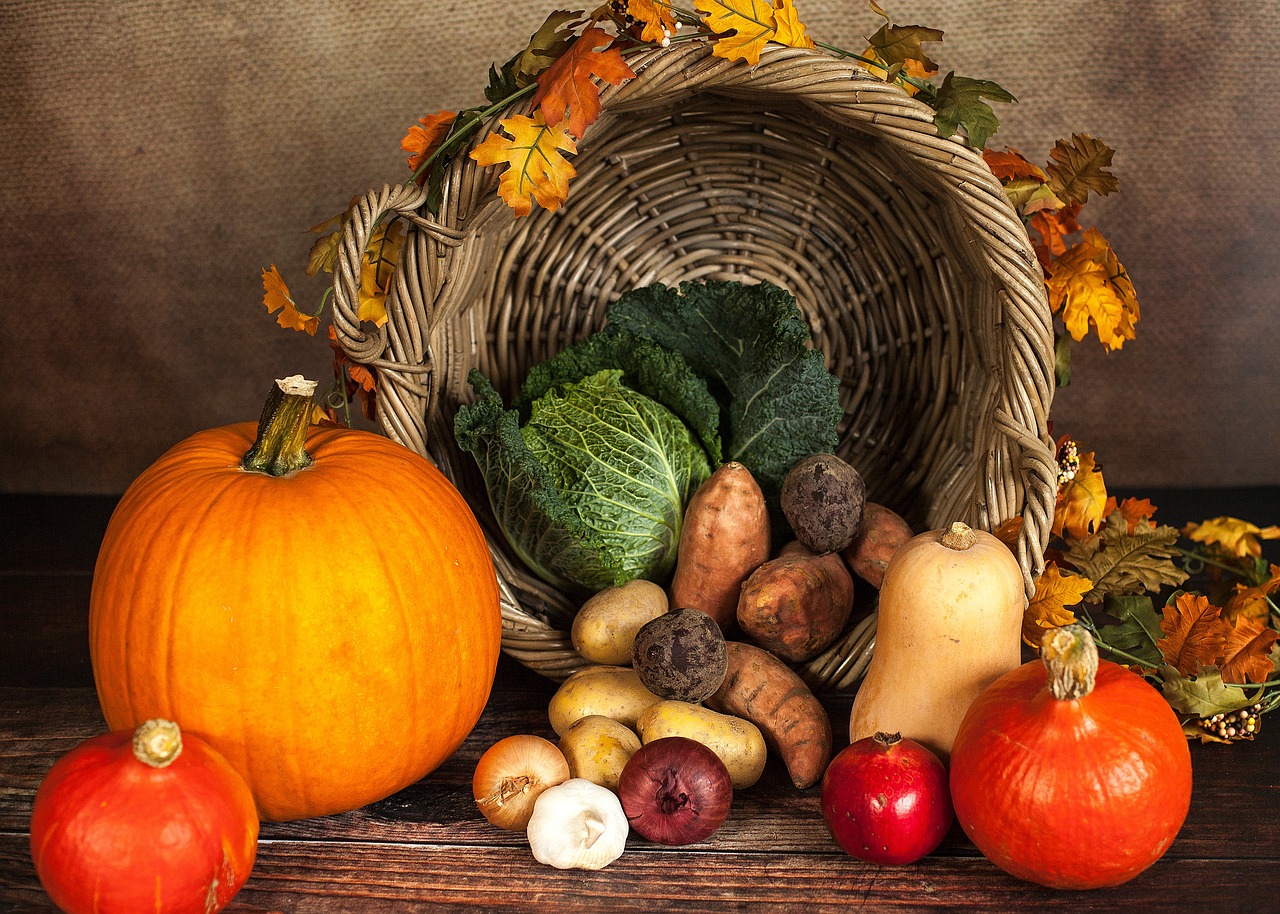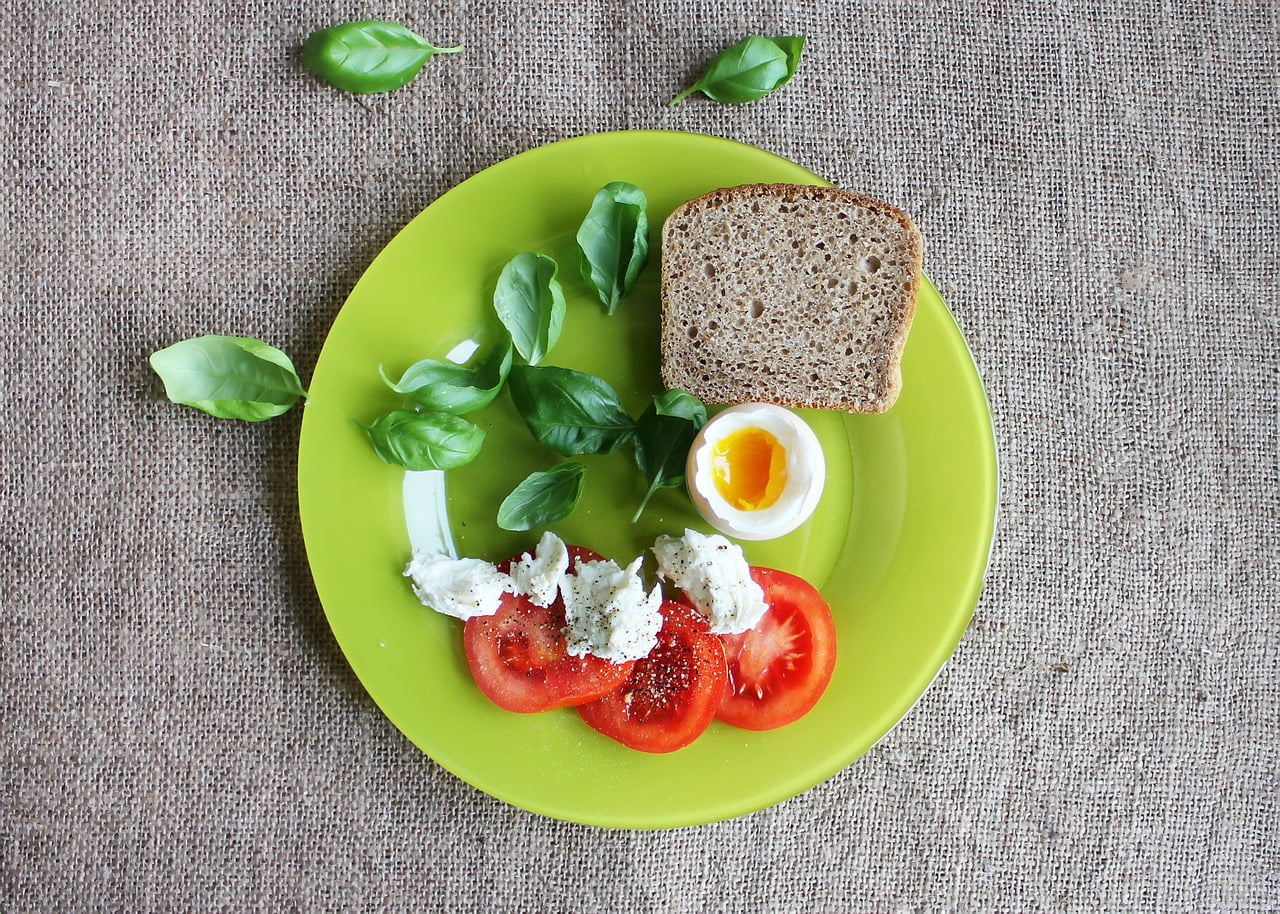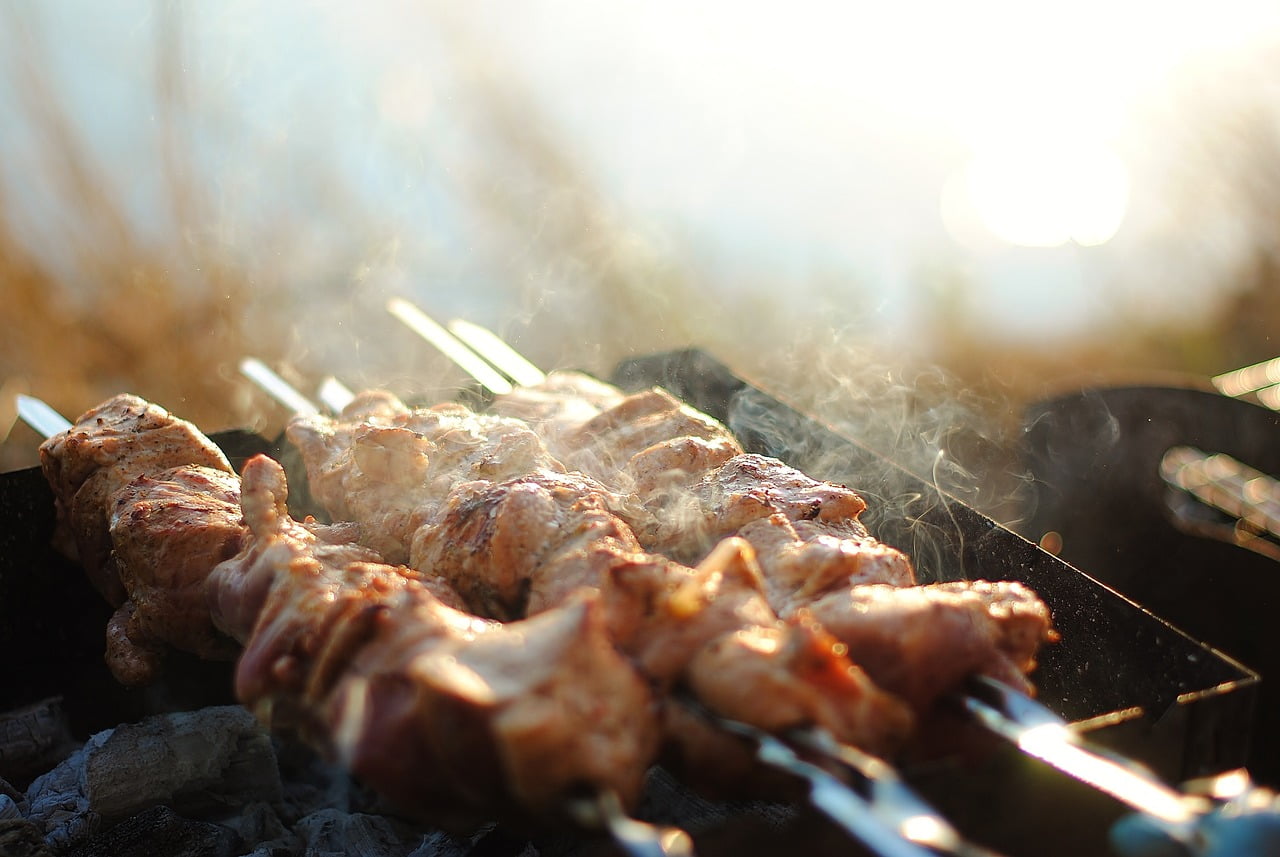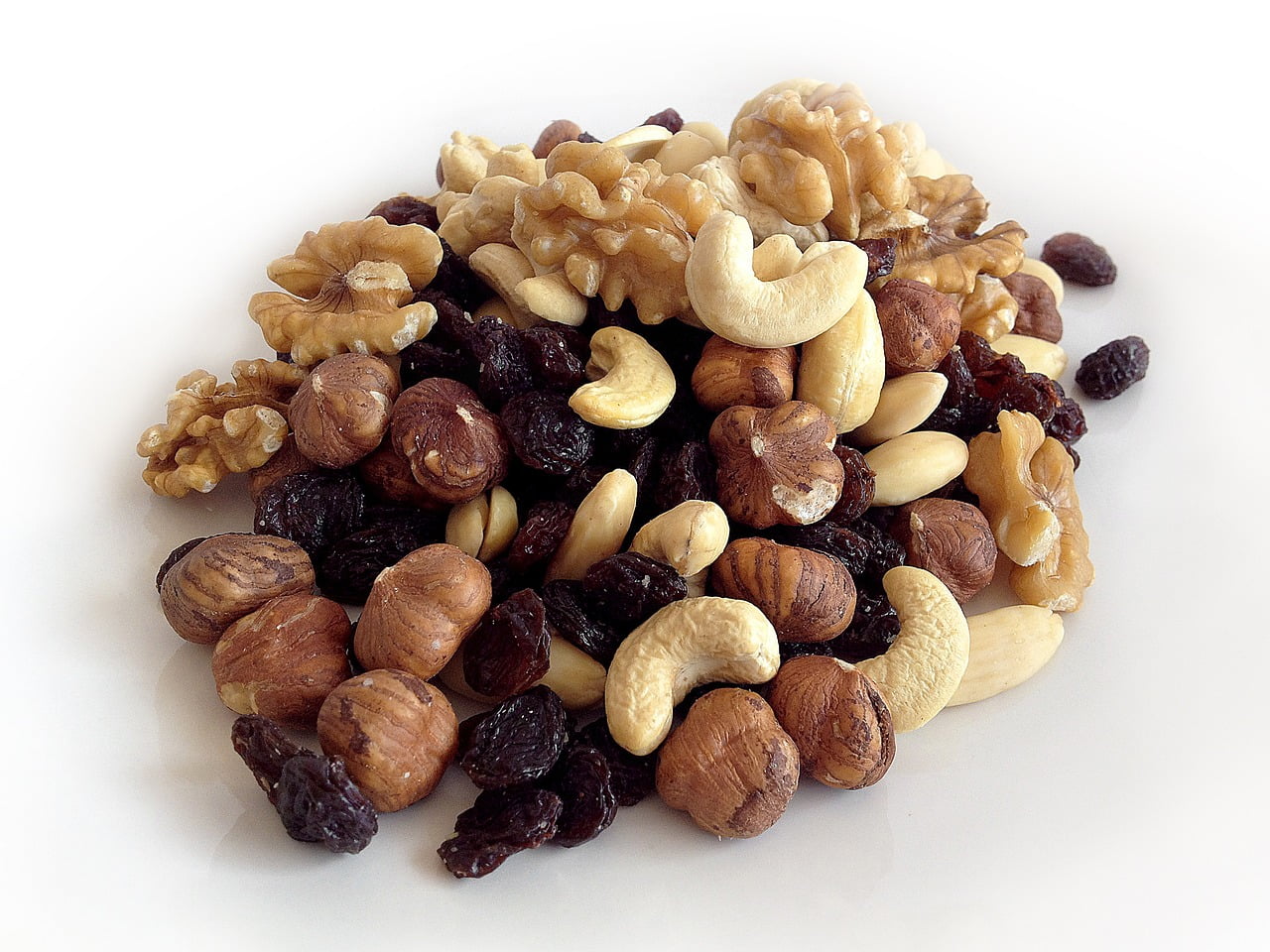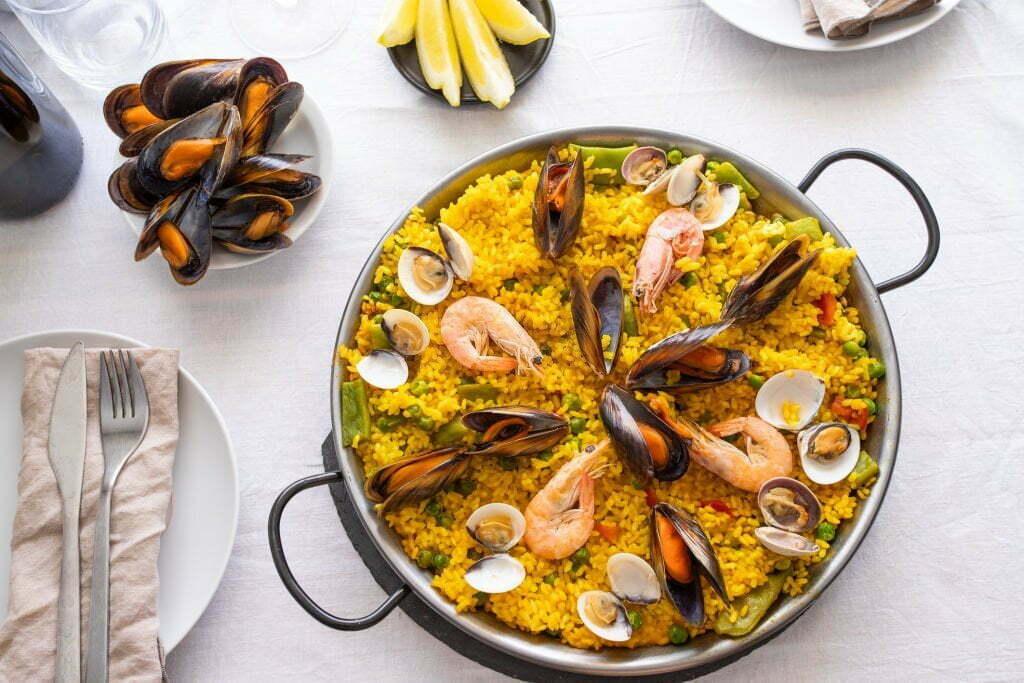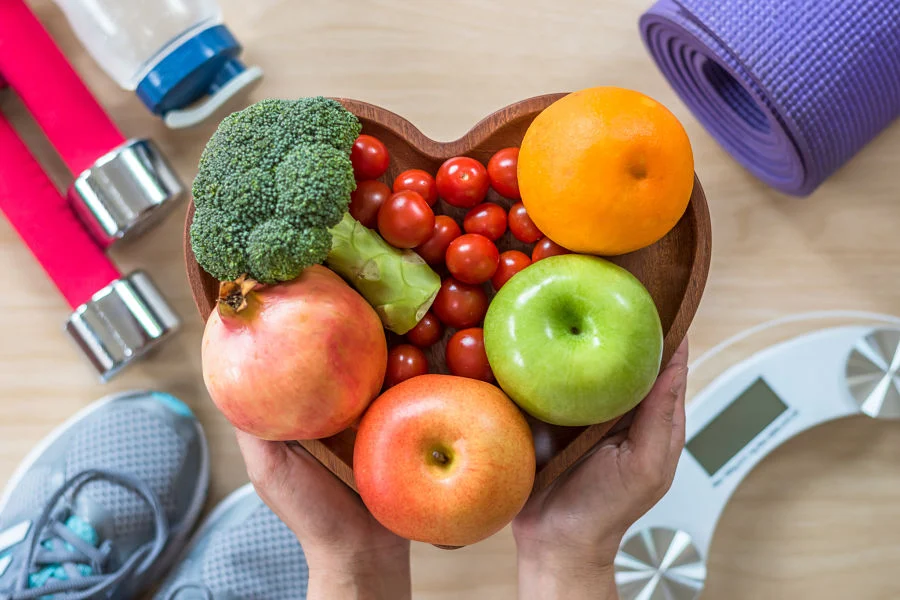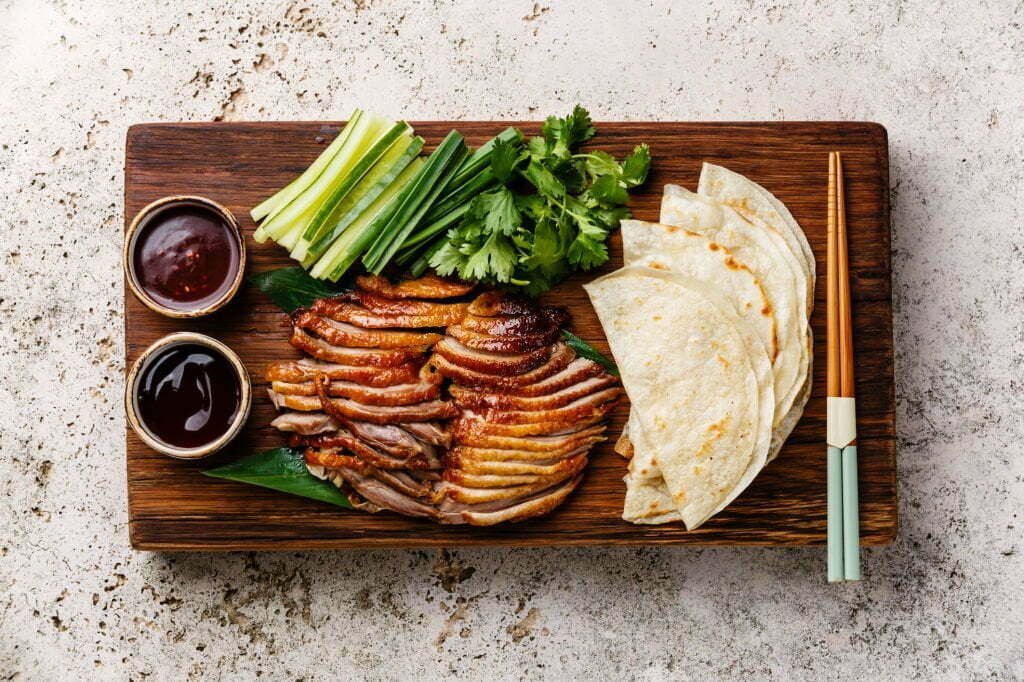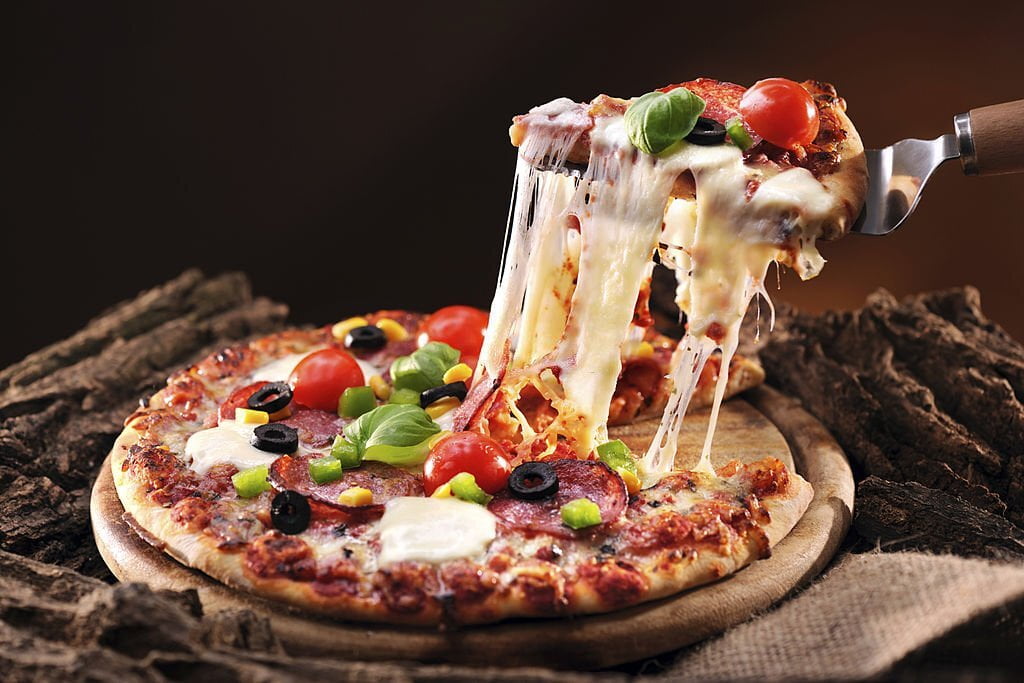A Guide that Explores Paella. the iconic Spanish dish that tantalizes taste buds with its vibrant flavors and rich history. Whether you’re a culinary enthusiast or a food lover looking to delve into the world of gastronomy, this guide is your passport to understanding and mastering the art of paella.
Within these pages, we will take you on a journey through the origins of paella, tracing its roots back to the rustic countryside of Valencia, Spain. You’ll discover the traditional food ingredients that make up this delectable rice dish, including saffron-infused rice, succulent meats, and an array of fresh seafood. We’ll unravel the secrets behind the perfect socarrat, the coveted crispy layer at the bottom of the paella pan.
But it doesn’t end there! We’ll also provide you with step-by-step instructions, expert tips, and variations to help you create your own mouthwatering paella at home. From vegetarian options to regional twists, you’ll find inspiration to suit every palate.
Join us as we unlock the secrets of paella, allowing you to savor the flavors of Spain’s culinary heritage in your own kitchen. Let’s embark on this flavorful adventure together.
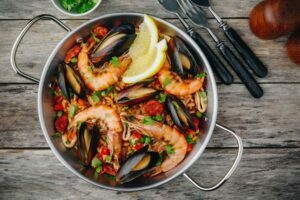
Top types of Paella
Traditional Valencian Paella: Delve into the roots of paella with the iconic Valencian version. This classic recipe features rabbit, chicken, and snails, along with saffron-infused rice, creating a harmonious blend of flavors that represents the heart and soul of paella.
Seafood Paella:
Indulge in the bounty of the sea with tantalizing seafood paella. Brimming with succulent prawns, clams, mussels, and fish, this variation showcases the freshest ingredients and brings the taste of the ocean to your plate.
Mixed Paella:
Experience a medley of flavors with mixed paella. Combining both meat and seafood, this vibrant dish offers the best of both worlds. From juicy chicken and flavorful chorizo to delectable seafood, every bite is a delightful surprise.
Vegetarian Paella:
Embrace the vegetarian side of paella with a satisfying meat-free rendition. Bursting with seasonal vegetables, such as bell peppers, artichokes, and green beans, this colorful and wholesome variation proves that paella can be equally delightful without the addition of meat or seafood.
Black Paella (Paella Negra):
Prepare to be intrigued by the captivating black paella, known for its striking appearance and unique flavor. Colored with squid ink, this visually stunning dish features tender pieces of squid, creating an unforgettable dining experience.
With these top five types of paella, you can embark on a culinary adventure, exploring the diverse flavors and ingredients that make paella an internationally beloved dish.
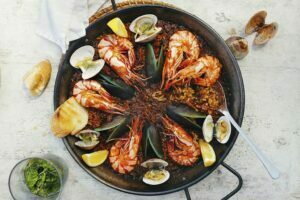
The History of Paella
Step back in time and discover the fascinating history of paella, a culinary masterpiece that has become synonymous with Spanish cuisine. From its humble origins in the vibrant region of Valencia to its worldwide popularity, the story behind paella is as captivating as the dish itself.
The Birthplace: Valencia’s Rustic Roots
Explore the birthplace of paella in Valencia, Spain. Rooted in the 18th century, paella emerged as a hearty meal cooked by Valencian farmers and laborers in the countryside. The dish was traditionally prepared using local ingredients, including rice, vegetables, and meats readily available in the region. The history of paella is a testament to the rich cultural heritage of Spain and the evolution of its culinary traditions. From its humble beginnings as a hearty farmer’s meal to its status as an internationally beloved dish. Paella represents the essence of Spanish cuisine—a celebration of flavors, community, and the joy of sharing a delicious meal.
The Name and Its Origins
Uncover the etymology of the word “paella” and its linguistic ties to the Latin word “patella,” meaning a flat, shallow pan. The iconic dish is named after the vessel it is cooked in, highlighting the importance of the pan in the preparation of paella.
The Influence of Cultural Fusion
Trace the influence of various cultures on the development of paella. As Valencia was a melting pot of diverse cultural influences, including Roman, Arab, and Moorish, these influences contributed to the flavors and ingredients found in early versions of the dish.
Valencian Paella: The Original Recipe
Dive into the traditional Valencian paella recipe, which typically features rice, saffron, rabbit, chicken, snails, and vegetables. This rustic and flavorful combination captures the essence of paella as it was originally intended.
Evolution and Global Popularity
Witness the evolution of paella as it gained popularity beyond Valencia. As the dish traveled across Spain and reached international shores, adaptations, and variations emerged, incorporating regional ingredients and culinary preferences.
Paella Today: Versatility and Creativity
Experience the modern-day versatility of paella, which has embraced new ingredients and techniques. From seafood paella to vegetarian and fusion versions, paella continues to captivate taste buds around the world, offering endless possibilities for culinary exploration.
With our step-by-step guide, you can confidently embark on a culinary adventure to cook paella at home. From the aromatic base to the perfectly cooked rice and vibrant ingredients, this iconic Spanish dish will transport your taste buds to the heart of Valencia. Gather your loved ones, savor the flavors, and enjoy the experience of creating an unforgettable paella feast in your own kitchen.
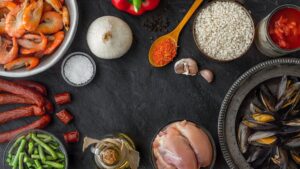
How to Cook Paella at Home
Bring the flavors of Spain into your kitchen with our comprehensive guide on cooking paella at home. This iconic dish is a perfect centerpiece for gatherings or a delightful meal to enjoy with family and friends. Follow these steps to create your own mouthwatering paella from scratch.
Gather Your Ingredients and Equipment
Start by assembling the necessary ingredients, including short-grain rice, saffron threads, olive oil, onions, garlic, a variety of proteins (such as chicken, seafood, or vegetables), broth, and a selection of vegetables and spices. Additionally, you’ll need a wide, shallow paella pan, a wooden spoon, and a heat source (stovetop or grill).
Prepare the Base
Heat the paella pan and add olive oil. Sauté onions and garlic until they become translucent and aromatic. This creates a flavorful base for your paella.
Add Rice and Saffron
Add the rice to the pan and stir to coat it with the onion and garlic mixture. Then, crush saffron threads and dissolve them in warm broth or water. Pour the saffron-infused liquid into the pan and stir well to distribute the color and flavor.
Incorporate Protein and Vegetables
Carefully place your chosen proteins (such as chicken, seafood, or vegetables) on top of the rice. Arrange them evenly to ensure even cooking. Add your selection of vegetables, such as bell peppers, peas, or artichokes, to enhance the flavors and colors of the dish.
Simmer and Let the Magic Happen
Pour the broth into the pan, ensuring that it covers the rice and protein. Allow the mixture to simmer on medium heat, without stirring. This is crucial for the development of the prized socarrat—the caramelized crust that forms at the bottom of the paella.
Monitor and Adjust
Keep a watchful eye on the paella, checking the liquid level and adjusting the heat if needed. Avoid stirring, as this disrupts the socarrat formation. Let the paella cook for about 20-25 minutes, until the rice is tender and the liquid has been absorbed.
Rest and Serve
Remove the paella from the heat and let it rest for a few minutes to allow the flavors to meld together. Garnish with fresh herbs, lemon wedges, or a sprinkle of paprika for an extra touch. Serve the paella directly from the pan, encouraging guests to savor the delightful flavors and socarrat.
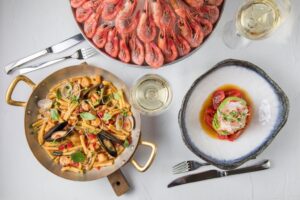
How to Eat Paella with Other Dishes
Paella is a versatile and flavorful dish that can be enjoyed on its own or combined with other dishes to create a memorable dining experience. In this guide, we’ll explore various ways to elevate your paella by pairing it with complementary dishes, allowing you to indulge in a feast of flavors and textures. By pairing paella with complementary dishes, you can elevate your culinary experience to new heights. From vibrant tapas and fresh salads to crusty bread with dipping sauces, grilled meats and seafood, and traditional Spanish desserts. The combination of flavors, textures, and contrasts will make your paella feast an unforgettable event. So gather your loved ones, explore the diverse flavors, and create a memorable dining experience that celebrates the best of Spanish cuisine.
Vibrant Tapas Selection:
Enhance your paella experience by serving an array of vibrant tapas alongside. Offer an assortment of Spanish classics such as patatas bravas (fried potatoes with spicy tomato sauce). Gambas al ajillo (garlic shrimp), Spanish tortilla (potato omelet), and marinated olives. The combination of small, flavorful bites with the hearty paella creates a delightful contrast of textures and tastes.
Fresh Salad Accompaniments:
Add a refreshing touch to your paella meal with a selection of fresh salads. Consider serving a crisp green salad with tomatoes, cucumber, and a tangy vinaigrette. Alternatively, a citrus-infused salad with oranges, fennel, and arugula can provide a zesty counterpoint to the rich and savory paella flavors.
Crusty Bread and Dipping Sauces:
Paella and crusty bread make a perfect pair. Offer a basket of freshly baked bread to mop up the delicious juices and flavors of the paella. Enhance the bread experience by providing a variety of dipping sauces such as aioli (garlic mayonnaise), romesco (roasted red pepper and almond sauce), or a simple herb-infused olive oil. The combination of crusty bread and flavorful sauces adds an additional layer of taste and texture to your meal.
Grilled Meats and Seafood:
For a sumptuous feast, consider grilling or roasting meats and seafood to serve alongside the paella. Grilled prawns, juicy sausages, or succulent lamb chops can be excellent accompaniments, adding a smoky and charred element to the meal. The combination of the grilled proteins with the flavors of the paella creates a delightful contrast and a feast for meat and seafood lovers.
Spanish Desserts and Sweet Delights:
Complete your paella dining experience with a selection of traditional Spanish desserts. Consider serving churros with chocolate dipping sauce, flan (caramel custard), or tarta de Santiago (almond cake). These sweet delights provide a satisfying conclusion to the meal and showcase the diverse and delectable desserts from Spain.
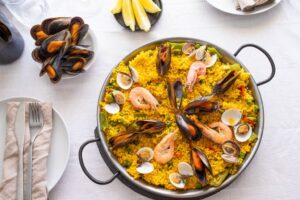
FAQs
What is paella?
Paella is a traditional Spanish rice dish that originated in the Valencia region of Spain. It typically consists of saffron-infused rice cooked with a variety of proteins like chicken, rabbit, seafood, and vegetables, creating a flavorful and aromatic one-pot meal.
Can I make paella without saffron?
Saffron is a key ingredient in paella as it adds a distinct flavor and vibrant color to the dish. However, if saffron is unavailable or too expensive. You can substitute it with turmeric for a similar yellow color, although the taste will differ slightly.
What type of rice should I use for paella?
The preferred rice for paella is short-grain rice, specifically the varieties like Bomba or Calasparra. These rice varieties have the ability to absorb more liquid without becoming mushy. Allowing them to hold up well during the cooking process and maintain a firm texture.
Can I make paella vegetarian or vegan?
Yes, paella can be easily adapted to suit vegetarian or vegan diets. Instead of meat or seafood, you can use a variety of vegetables like bell peppers, artichokes, peas, and mushrooms, along with vegetable broth. To create a delicious vegetarian or vegan paella.


